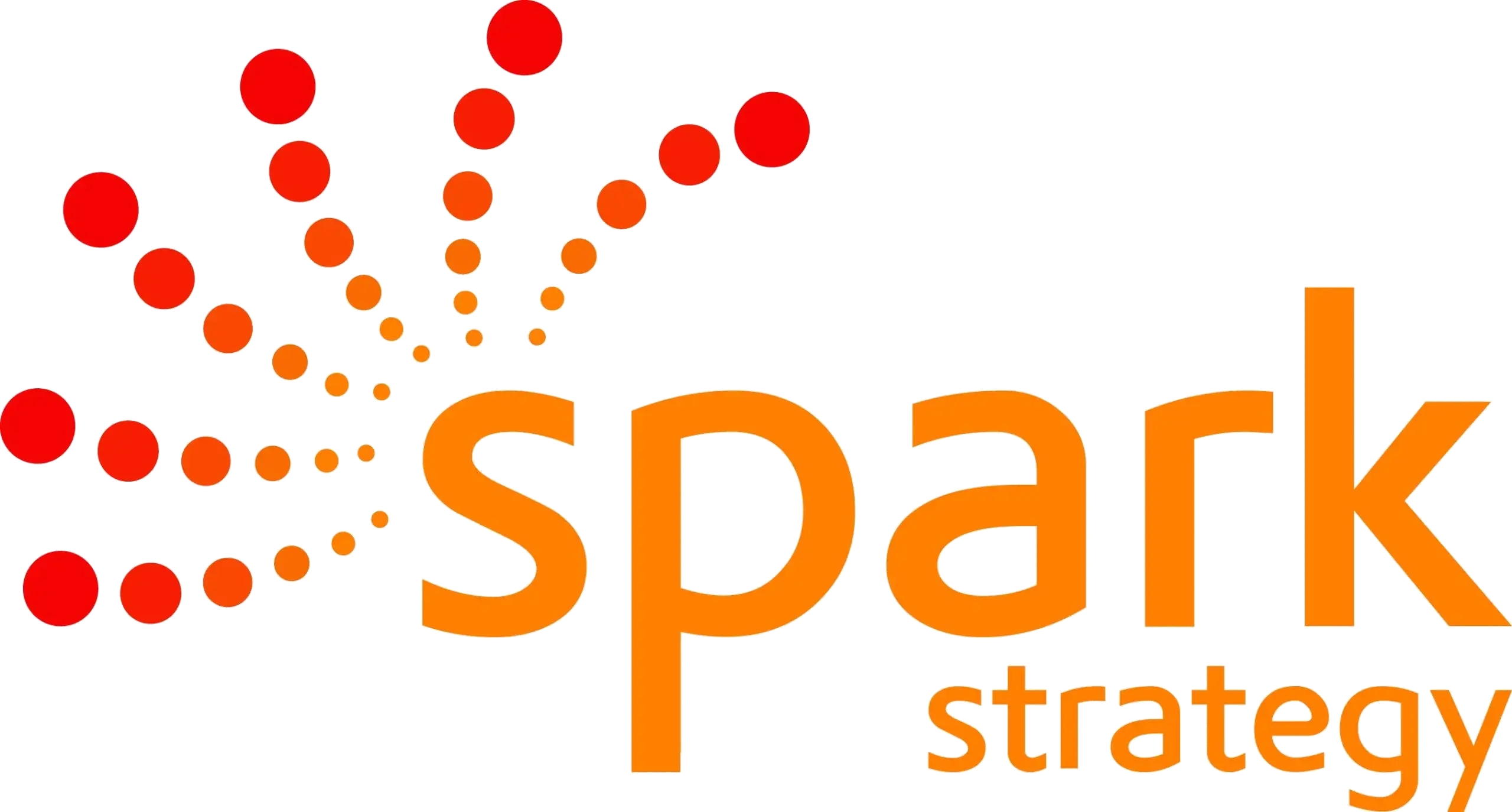When it comes to Not for Profit sustainability, Boards, leaders, researchers, consultants and think tanks alike are often engaged in a limited conversation that starts and ends with funding models. This closed loop thinking is made so by planning practices that ignore long-term value creation. In this myopia, strategy is dead.
The key to picking the right funding model is not about the funding model at all. To get it right, leaders need to think beyond the funding model, and unearth the sustainable business model.
It’s no big secret that the key to nailing the business model is to nail the value proposition. The tricky bit is that value is not static. What stakeholders value today will most likely change tomorrow.
So, leaders must do two things:
- Anticipate the long term future value demanded by their communities; and
- Generate ideas for adaptive business models to deliver this future value better than anyone else.
The funding model will follow.Sustainability is not a year-to-year proposition, but by its very nature it is a long-term pursuit with short-term actions. Not for Profit leaders need to “think long, act short”.
There is a simple and universal truth that gets covered in intellectual complexity – organisations stay relevant by delivering more value than their competitors. Let’s not be coy either, competition is strong in the social sector. In order to be sustainable, organisations must focus on what value will be demanded in the future and deliver better value than anyone else. And note that “better than anyone else” does not mean delivering value alone. This constantly shifting value demand landscape will call for the collaboration of different skills at different times, which is another shift that will (and indeed, already is) fundamentally changing how the sector operates.Not for Profit strategic and funding planning is often based on the premise that “We need what we have to deliver what we do.” So the question to be answered by the strategy or planning process becomes “How do we fund what we have for longer?” Unhappily, many organisations respond to this question by trying to bolt on new income streams to existing business models in a bid to plug funding gaps.
Conversely, sustainable logic asks “What mission will make sense tomorrow, what will be needed to meet this mission and where is the best place to get each part of what’s needed?” And then (and only then), once the approach for meeting demand in the future starts to take shape, “What funding model will support this?”The challenge is in being able to track current, emerging and future value demands on an ongoing basis and in fundamentally adapting business models to deliver this value better than anyone else can.
Sustainability comes from adopting flexible, adaptive business models, not from preserving and bending existing ones. Delivering the best value will require the best business model, and it’s the business model that will determine the appropriate funding model. Looking for ways to fill funding gaps must start with an examination of the mission and business model. Again, think long, act short.In short:
- There is no such thing as reaching perpetual sustainability.
- Achieving sustainability is a dynamic and robust pursuit matching the business model to value demands at any given point.
- Organisations need to be able to articulate their evolved purpose, and their value proposition, in a new and different future world and make sure they will be delivering value for the community and satisfying future demand.
- The future value proposition will drive the organisation’s enterprise model, which will ultimately drive their funding model.
- Funding models can require significant investment, so it makes sense that they ought to be developed in the context of an organisation’s long-term environment.
- Leaders need to be able to articulate the evolved purpose of an organisation in a new and different future world.
- The future will see faster changes in value demands and hence changes in value propositions from seekers of sustainability.
- Sustainability is about constant adaptation.
The conversation about Not for Profit funding models has been largely focused on a journey that assumes tomorrow is an extension of today. That what the organisation does tomorrow is essentially the same as today and done in similar ways.
In order to secure the future of any Not for Profit, the traditional development model above needs to be discarded and a client centric approach must be adopted.Here are 16 steps that will help a Not for Profit leaders start their organisations along the path to sustainability.
1. Embrace the fact that this is a journey with the potential of a surprising outcome.
2. Start to seed the view in the organisation that the mission is more important than the organisation and its structure.
3. If there is not a laser clear focus on the current mission, value proposition and business model, get one.
4. Clarify and distill target service recipients (the focus of the mission), their attributes, what drives their demand for your services, and how they consume the organisation’s services.
5. Identify and analyse those that consume the services and resources who may not be target recipients and understand the cost of servicing them. Critically explore how serving them meets the mission and conversely discuss whether retiring these recipients would better equip the organisation to pursue the core mission. Explore potential revenue streams in switching models for these non-core recipients.
6. Develop a clear view as to the future for target service recipients. Go longer rather than shorter. This is often the hard bit for executive teams and gets written off as speculation. Stick with it.
7. Develop a view as to the optimal modes of interaction and service delivery for target segment in this future period.
8. Construct the best pathways for how to reach the segment and how they will access services.
9. Develop a future value proposition for the future core and the adjacent segments.
10. Begin the development of income and revenue models. First, step away from funding and grants and explore other revenue modes.
11. Turn to the value proposition and construct, from the ground up, a business that is focused on delivery of this value proposition. Flesh out the activities and resources the business will perform and need. Acknowledge that some of what is done today, won’t be done tomorrow.
12. Critically assess activities and seek out networks, partnerships and alliances that could possibly do these activities really well, maybe even better than is currently done by the organisation.
13. Develop up the cost model based on these activity, resource and partnership models.
14. Now turn to funding and grants.
15. Next, articulate the culture and leadership required to implement these models.
16. Finally, create the program of work that is required to change the organisation from today’s structure and model to the one developed. Be open to some of the great thinking about incentives for executives and the open remuneration models that will encourage talent into the model.
In doing this, these design principles are being embedded to the new model:
- Finance and funding models based on business models
- Business models based on future value propositions
- Value propositions based on future demand
- Critical assessment of activities undertaken
- Exploration of partnering and networks from the design stage
- Development of revenue streams
- Absolute alignment of activity to value proposition and mission
- Paying well for talent
Leaders searching for sustainability must look long, be flexible and encourage creativity to have any hope of preparing their organisation for the future. It will take time and it will fundamentally change the organisation, but there is everything to be gained from engaging in this process. It will put the organisation on the path to true sustainability.
This post was sourced from an editorial written for Pro Bono Australia.
Link to editorial can be found here.
If you are interested in learning more about
business strategy and sustainable business models
Download our Whitepaper

